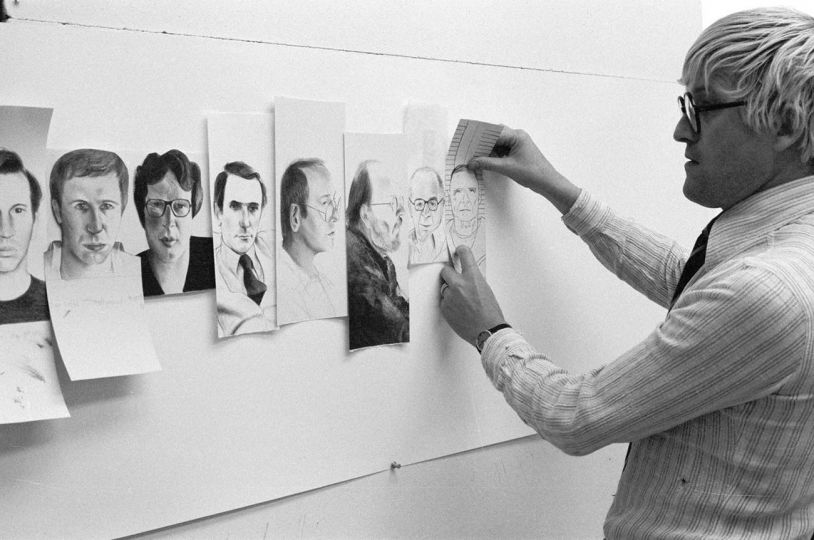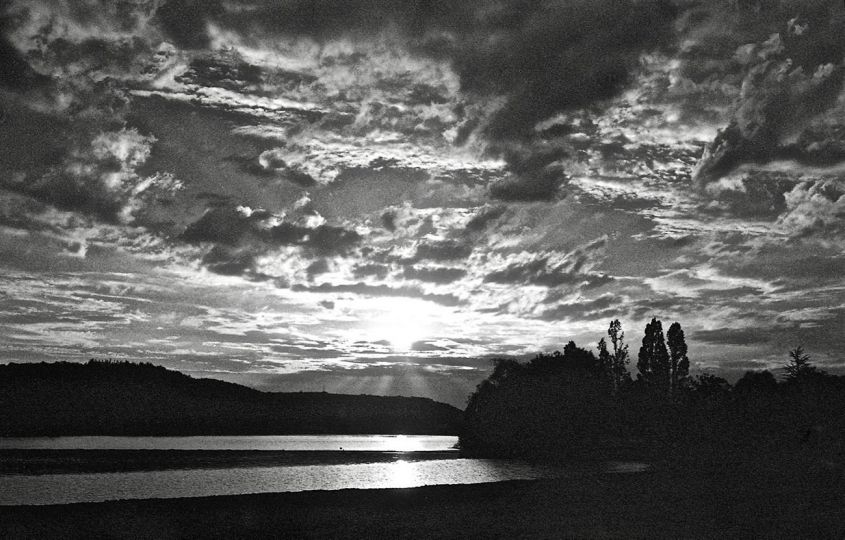In this chapter, Jacques Revon explores the use of an alternative ecological developer made with Baco Noir wine.
“Film photography is initially authentic because the negative remains, even if one day it is scanned and therefore becomes digital at the risk, as we know, of being later manipulated.” – JR
Alternative developer made with wine from the Baco Noir grape variety.
Before talking to you next time about an alternative developer made with several aromatic herbs, I offer you today the sheet / recipe for a developer made with wine whose hybrid grape variety is called “BACO NOIR”.
Historical.
This grape variety bears the name of its discoverer François Baco (1865-1947). Could this character, a former schoolteacher, have one day imagined that a curious child could develop a black and white silver film in his wine? Honestly, I don’t think so. In France this hybrid grape variety “Baco noir” is said to cover around 200 hectares. Grape variety also grown in Canada and the United States. (Wikipedia and according to other articles).
It is a tannin wine rich in polyphenols. In fact, it contains 217 mg of phenols per 100ml. It is a strongly colored and quite thick red wine. In my town, one of my friends still maintains a very old and small plot of approximately 400 square meters. Hence my curiosity to discover more, as part of my photographic research. So at the end of these tests, here is this little sheet/recipe.
To make this developer you will need 600 ml of Baco Noir depending on your type of tank, to develop for a 120/6X6 film or 400ml for a 24X36/135 film.
Manufacturing:
Dilution in 600 ml of this wine and in the order of the three products below, at a temperature of approximately 22°.
50 grams of sodium carbonate
10 grams of vitamin C
6 grams of iodized salt
And 10ml of potassium bisulphite to remove oxidized phenols which become insoluble and precipitate during development, and which can cause very small stains due to tiny particles.
Immediately filter the mixture obtained using a paper filter, coffee filter type or a very fine nylon filter to eliminate these fine particles, then at the end, add two drops of Photo-Flo solution or a wetting agent in your developer mixture in order to promote its action on the entire emulsion. Don’t hesitate to filter several times.
Pre-wet the film for five minutes in warm water, then you can start developing.
I insist again by specifying that filtering is very important here because these fine particles can become embedded in the emulsion during the development period. In post-production, you will then need to take a little time to re-scan your images.
Likewise during development you need to monitor the temperature quite frequently to maintain it at the level you have decided.
To do this, during preparation, have a container that will serve as a bain-marie. You will replenish it with water at a temperature of approximately three degrees above that which you have decided to apply for your development. This way, you can place the tank in this water bath from time to time and maintain a temperature which will approach the one you have chosen to apply.
Also, remember, when making your mixture, to take the time to dissolve the different products in order. You will notice that when you begin to dissolve the first product which is the sodium carbonate, that the temperature of your preparation will increase by approximately two degrees, this is normal.
Be careful to always dissolve the sodium carbonate in the liquid, never the other way around.
My tests were carried out as follows:
Shooting outdoors and indoors on ISO 100 Rollei film and ISO 125 ILFORD FP4 film.
Before Development, do not hesitate to filter your developer again to mix everything well and to eliminate any risk of particles.
In a tank with 400 ml of this BACO alternative developer, I chose here to work for a first test at a temperature of 25°, development time 20 minutes. Continuous stirring by inverting the tank for the first minute, then stirring the tank every minute, for 5 to 10 seconds.
For the second development test, I chose a different development mode in “Stand Dev” at 21°: total development duration, 60 minutes. Stir for one minute at the start of development then one minute after 30 minutes of development. The rest of the time and until the end of the development I did not shake my tank.
Empty the developer tank, then rinse it well until you no longer visually have any yellowish colored water caused by the type of developer, in this case wine.
Fix for at least three minutes in the Ilford Hypam fixative, turning your tank well during the first minute.
Washing: to save water, which is essential today, proceed with the method below which I have been talking to you about since the beginning of my sheets/recipes, method recommended by Jost j Marchesi in the book ILFORD NEGATIVE PROCESS edited in 1980 at Editions Jean Spi-natsch in Geneva, namely.
After having emptied and collected the fixative contained in the tank in a bottle, you can now open the tank if you wish. Rinse the whole thing, the tank with the spiral which still contains your film or the film.
Then proceed as follows.
– 1 Fill the tank with water then tip it over by turning it slowly 5 times.
– 2 Empty the tank again then fill it, and this time carry out the same operation 10 times.
– 3 Empty the tank again then fill it a third time and tip it over 20 times.
– 4 If you want your film to be kept as long as possible, then carry out operation number 3 twice more.
At the end of washing, dip the spiral with the film still in place on the spiral in a wetting agent for 30 seconds, which, I remind you, allows you to reduce the surface tension of the water by promoting its regular runoff on the surface. surface of the film.
You can proceed in the same way with demineralized water, this time for one minute.
Then, all you have to do is hang your film by weighting it properly, so that it can dry quietly in ambient air.
Addendum
PHOTOS
MAQUETTE EN METAL
STATUETTE EN BOIS
STATUETTE EN METAL
TROIS BOUTEILLES EN VERRE
Just yesterday, taking advantage of clearings, I developed a black and white film exposed in the afternoon and, hang on, to test a third use of my alternative wine developer, 48 hours after its manufacture. The result is once again most astonishing, whereas normally I recommend using an alternative developer only once and not beyond 24 hours. But always out of curiosity, we must continue to carry out tests to check and check again and sometimes even discover, thanks to good conservation in an accordion plastic bottle which folds on itself to avoid oxidation, that the The lifespan of the product in question can be further extended.
My approach this time was simple, photographing objects made of different materials indoors, here: metal, wood and glass, with simply a single source of natural light, the one that would enter through a French window. Natural all the way.
The result is there! The materials are beautiful like the grain, the grays are velvety. The marriage of light on materials with development in this “Baco Noir” grape variety appears quite simply, it seems to me, successful and remarkable. Film development at 25°, development time 19 min. This is here, I remind you, the third passage of a film in my developer made 48 hours earlier.
For five years (from 1976 to 1981) I was a photographer for the Ilford company in Saint-Priest near Lyon, at that time I tested different films and rolls in the field with photographers from different fields. As you know, this factory manufactured several photographic products until 2003. So how could I have imagined at that time that one day I would process film into wine? But obviously again, impossible is not French. Quite a story for a photographer.
As I feel all this is so astonishing, it is with great pleasure that I very simply give you the information.
Next time I will tell you about an alternative developer made with several aromatic herbs combined.
Jacques Revon
Honorary journalist, author, photographer.
https://fr.wikipedia.org/wiki/Jacques_Revon
















